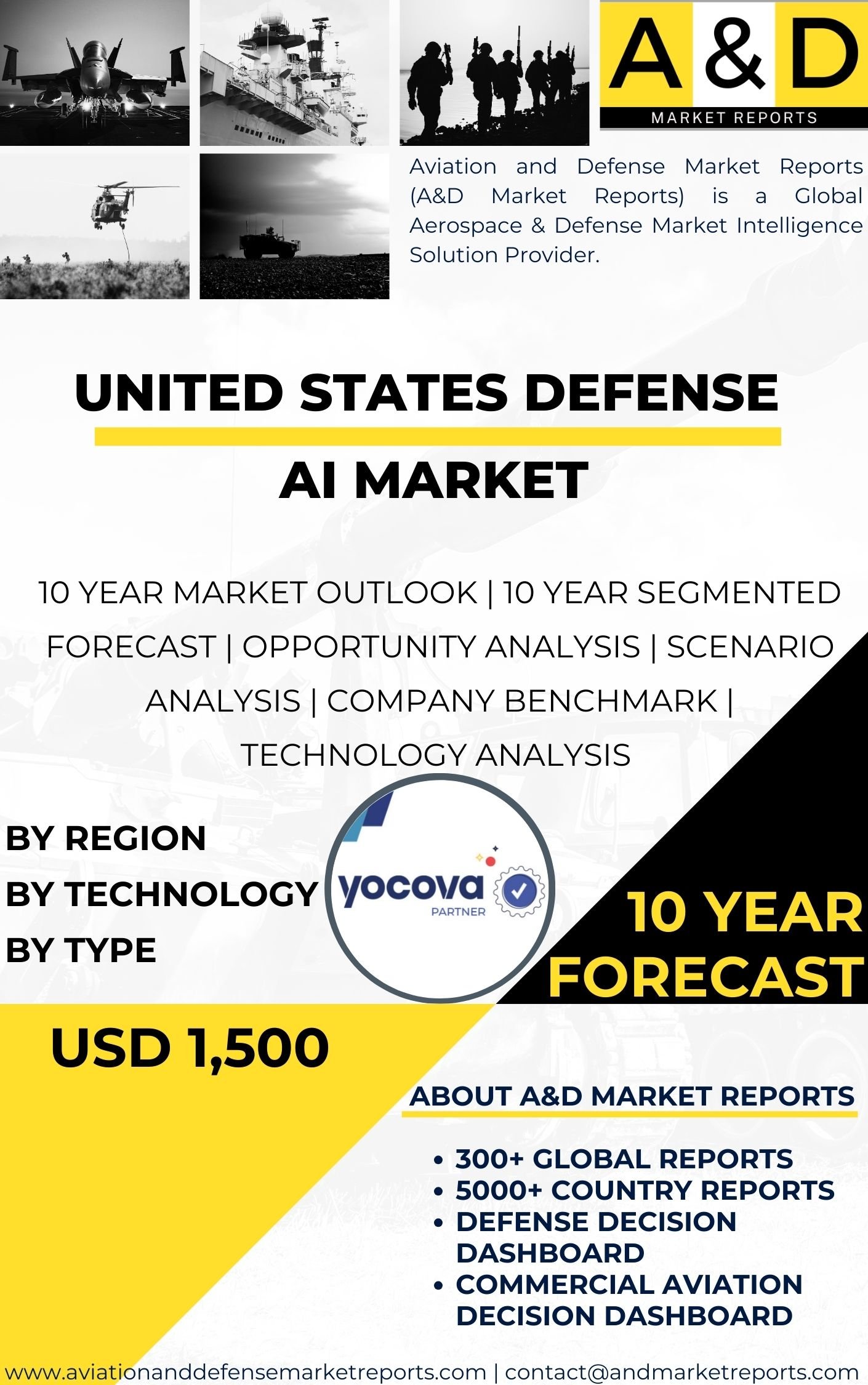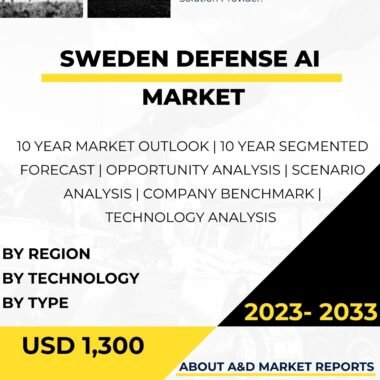Description
Artificial Intelligence (AI) has emerged as a transformative technology in the United States’ defense industry, revolutionizing various aspects of military operations, decision-making, and intelligence analysis. Defense AI encompasses a wide range of applications, including autonomous systems, predictive analytics, computer vision, natural language processing, and machine learning. This article explores the development, applications, challenges, and significance of Defense AI in bolstering the nation’s defense capabilities and ensuring military readiness.
The development of Defense AI in the United States can be traced back to the 1950s when early research on AI and machine learning began. However, it was in the 21st century that AI technology advanced significantly, driven by improvements in computational power, big data, and algorithmic advancements.
In the defense sector, AI has found applications in various domains, enhancing military capabilities and operational efficiency.
One of the key areas where Defense AI has made a significant impact is in autonomous systems. Autonomous drones and unmanned vehicles equipped with AI algorithms can perform a wide range of tasks, such as reconnaissance, surveillance, and target acquisition, without direct human intervention.
Autonomous systems are employed in aerial, ground, and maritime platforms, providing the military with enhanced situational awareness, reduced risk to personnel, and the ability to operate in challenging environments.
Moreover, AI-powered autonomous systems are capable of making real-time decisions based on sensor data and mission objectives, enabling them to adapt to dynamic and evolving situations.
In the realm of predictive analytics, Defense AI is employed to forecast and anticipate future events, such as equipment failures, supply chain disruptions, and potential security threats.
By analyzing historical data and patterns, AI algorithms can identify trends and correlations, assisting military planners in making informed decisions and allocating resources effectively.
Furthermore, AI-driven predictive models are crucial for optimizing maintenance schedules, reducing downtime, and maximizing the operational availability of military assets.
Computer vision is another area where Defense AI has been transformative. AI-powered computer vision systems enable military platforms to detect, recognize, and identify objects and targets in images and video feeds.
These systems are used in surveillance and reconnaissance missions to identify potential threats, track movements, and provide real-time intelligence to commanders.
Computer vision is also instrumental in enhancing the capabilities of autonomous systems, enabling them to navigate and interact with their environment effectively.
Natural language processing (NLP) is a critical AI technology for the defense sector. NLP allows computers to understand and interpret human language, enabling human-machine communication and interaction.
In the military, NLP is used for tasks such as speech recognition, language translation, and sentiment analysis of social media data to assess public opinion and potential security risks.
NLP also facilitates human-machine teaming, where AI systems collaborate with human operators to enhance decision-making and information exchange.
Machine learning, a subset of AI, has had a profound impact on the defense industry. Machine learning algorithms can analyze vast amounts of data, learn from patterns, and make predictions or decisions based on the learned knowledge.
In defense applications, machine learning is used for data analytics, anomaly detection, and threat assessment.
Machine learning algorithms can analyze and correlate multiple data sources, such as sensor data, intelligence reports, and historical records, to identify potential threats and assess their likelihood and impact.
Additionally, machine learning is utilized in cybersecurity to detect and prevent cyber threats and attacks, ensuring the security and integrity of military information systems.
The significance of Defense AI lies in its potential to transform military operations, decision-making, and intelligence analysis.
AI technologies enhance the speed and accuracy of military processes, enabling faster and more informed decisions that are critical in dynamic and rapidly changing environments.
By automating routine and repetitive tasks, Defense AI allows human operators to focus on more complex and strategic activities, enhancing the overall effectiveness and efficiency of military operations.
Furthermore, AI-powered autonomous systems reduce the risk to human personnel in hazardous environments, enabling the military to conduct missions with reduced casualties and improved safety.
The integration of Defense AI with existing military platforms and systems enhances their capabilities and extends their operational lifespan.
For example, retrofitting AI capabilities to legacy aircraft, vehicles, and ships can significantly upgrade their performance and functionality without the need for extensive new development or procurement.
Moreover, Defense AI supports the use of data-driven decision-making, enabling the military to leverage vast amounts of data for strategic planning, resource allocation, and risk assessment.
In the context of intelligence analysis, AI-driven data processing and pattern recognition augment human intelligence efforts, providing timely and relevant insights to support military operations and national security.
The ongoing development and advancement of Defense AI involve continuous research and investment in AI technologies, algorithm development, and data analytics.
The U.S. Department of Defense (DoD) collaborates with academic institutions, defense contractors, and technology companies to advance AI capabilities and address emerging challenges and threats.
Efforts are underway to enhance the robustness and reliability of AI algorithms, ensuring they are resilient to adversarial attacks and operate effectively in contested environments.
Challenges in Defense AI include addressing ethical considerations and ensuring transparency and accountability in AI systems.
The use of AI in military decision-making raises questions about the human oversight and responsibility for AI-driven actions.
The DoD is working to establish guidelines and policies for the ethical use of AI in military applications, including issues related to discrimination, bias, and adherence to international humanitarian law.
Moreover, the integration of AI with existing military platforms requires careful testing, validation, and verification to ensure the safety and reliability of AI-enabled systems.
The DoD is exploring techniques such as adversarial testing and simulation to assess the performance and security of AI algorithms in realistic operational scenarios.
Additionally, the use of AI in defense applications requires consideration of data privacy and security concerns.
AI algorithms rely on large datasets for training and analysis, necessitating stringent measures to protect classified and sensitive information from unauthorized access or manipulation.
Furthermore, the interoperability of Defense AI systems with existing military infrastructure and communication networks is crucial for joint and coalition operations.
Standardization and common data formats enable seamless integration and cooperation between diverse military assets.




